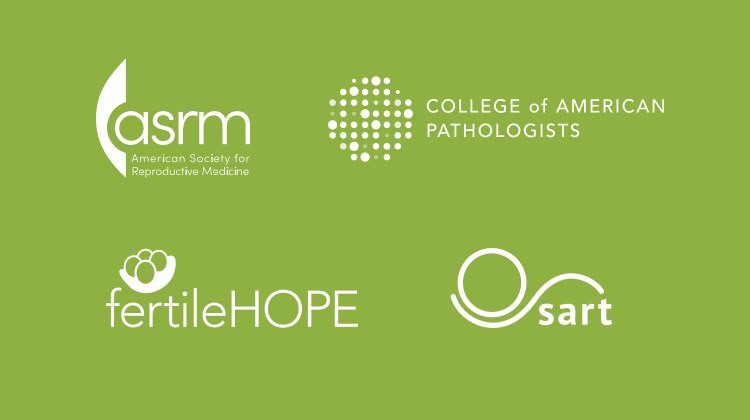Can IVF Be Successful the First Time?

In vitro fertilization (IVF) is often chosen by women who want to get pregnant but have been unsuccessful in trying to conceive. Whether the problem is a blocked fallopian tube, ovulation problems or something else, IVF offers a chance for a successful pregnancy. What many don’t realize is that IVF may require several attempts before it is successful. Here are the basics on IVF, courtesy of New York Reproductive Wellness.
In Vitro Fertilization
IVF is one of several assisted reproduction technologies (ART). The process seems relatively simple on the surface. A woman receives fertility medications – usually Clomid – that stimulate the production of multiple eggs. These eggs are collected, as is sperm from her partner. Eggs and sperm are combined outside the body and grown to the embryo stage. One or more live embryos are inserted into the uterus and the pregnancy is allowed to develop normally.
Why is IVF Used?
IVF may be used for female and male reproductive issues. It is not usually attempted until the couple has tried to conceive for at least one full year. Among the reasons for choosing IVF to get pregnant are:
Male infertility – decreased sperm count or sperm motility.
Female infertility – ovulation disorders, premature ovarian failure or uterine fibroids.
Surgical infertility – women who have had their fallopian tubes removed or tied off.
Genetic disorders in either parent.
Infertility in either partner for an unknown reason.
IVF Attempts and Success
While it is possible to achieve a successful pregnancy with only one cycle of IVF, most women require several attempts to become pregnant. The likelihood of conception for each cycle runs between 20 and 30 percent. The odds of becoming pregnant rise to around 69 percent after nine IVF cycles. In one study, 65 percent of the women achieved pregnancy with IVF after six cycles of treatment. Age is a major factor – women under the age of 40 are much more likely to conceive and carry a pregnancy to full term than those who are older.
Other ART Techniques
IVF is the most commonly used ART technique. However, it is only one of the various ART strategies available. The procedures may use donor eggs, sperm or previously frozen embryos. Withintrauterine insemination (IUI) sperm is placed inside the uterus. This is a way to bypass cervical scars or a cervical mucous problem. Surrogates and gestational carriers are another possibility. A surrogate becomes pregnant through artificial insemination or IUI with sperm from the male partner. The child has no genetic material from the female of the infertile couple. A gestational carrier receives an embryo created from the female partner’s egg and male partner’s sperm.
Techniques like IVF and IUI, as well as other ART treatments, can help infertile couples get pregnant. Careful medical management is required and prospective parents need considerable emotional support during the process. At New York Reproductive Wellness, we have the training and experience for both. We offer the full range of infertility treatments, with an emphasis on natural methods. Please contact us today at (516) 605-2626 to schedule an appointment.







